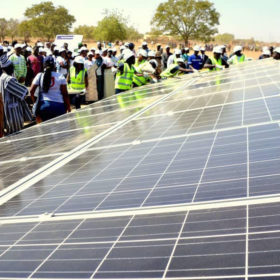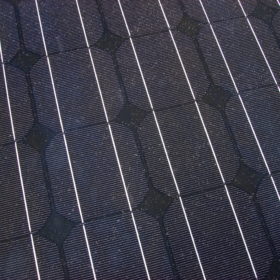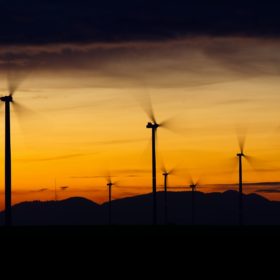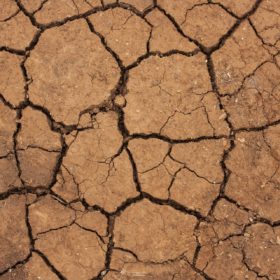Work begins on 30 MW solar plant in Burkina Faso
Electricity generated by the facility will be sold at $0.08/kWh to national utility Sonabel. Burkina Faso recently adopted a solar-oriented energy policy.
Pakistan Post wants solar
The postal operator, which is present in 12,000 locations nationwide, wants PV facilities to power its operations. Bidders have until February 20 to deliver on a call for expressions of interest and pre-qualify for the tender.
Predicting solar power generation with ‘deep photovoltaic nowcasting’
The ‘deep photovoltaic nowcasting’ project developed by Chile’s Institute of Engineering Sciences of the University of O’Higgins, Canada’s Laval University and Japan’s Kyoto University, seeks to make short-term, high-resolution projections of solar energy generation.
Varying capital costs favor wind over solar in Europe
Differing finance costs across the continent are likely to see wind-rich, high electricity demand nations such as Germany, France, Austria and Belgium forge ahead with renewables at the expense of countries with plenty of sun but where borrowing is expensive, according to a German study.
More than 5,000 tons of modules collected for recycling in France
PV Cycle has said it collected more than 280,000 solar panels at the end of their lifecycle in France last year, including 200 tons from the nation’s overseas territories.
German coal mines could host 3 GW of floating PV
Research institute the Fraunhofer ISE has estimated the technical potential of floating PV at mining sites in Germany at around 56 GW. With floating projects 10-15% more costly than land-based alternatives, researchers have called for further incentives, such as the staging of ‘innovation tenders’.
Uzbekistan opens tendering process for 200 MW solar park
The project is part of the 1 GW solar program developed by the government with the support of the Asian Development Bank. The solar park will be in the Surkhandarya province, in the far southeast of the country.
A mathematical method for choosing the best PV technology in hot, dry areas
The proposed model is said to perform better at energy prediction than software tools such as PVWatts, PVSyst or RetScreen. The approach was validated on two 5 MW PV plants in the same district of the Indian state of Rajasthan.
Morocco kicks off tender for 400 MW solar park
The Moroccan Agency for Sustainable Energy has started to pre-qualify developers for the first phase of the Noor PV II solar project.
Germany added almost 4 GW of PV in 2019
The German network operator reported around 339 MW of new solar in December. New installations for 2019 exceeded new capacity additions for the preceding year by more than 1 GW.










